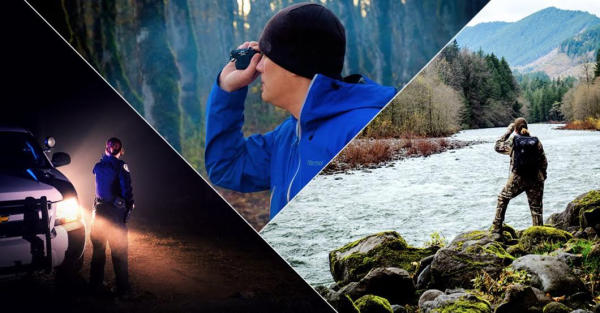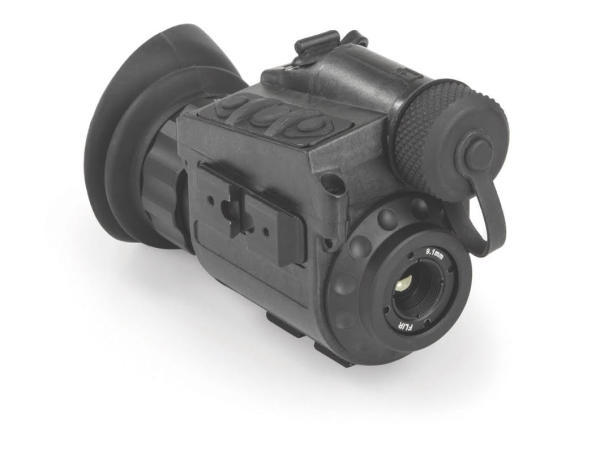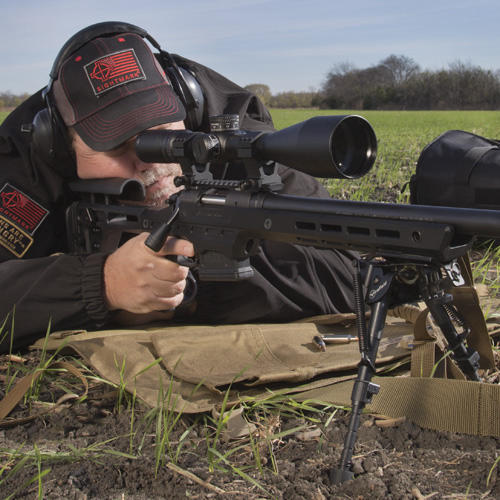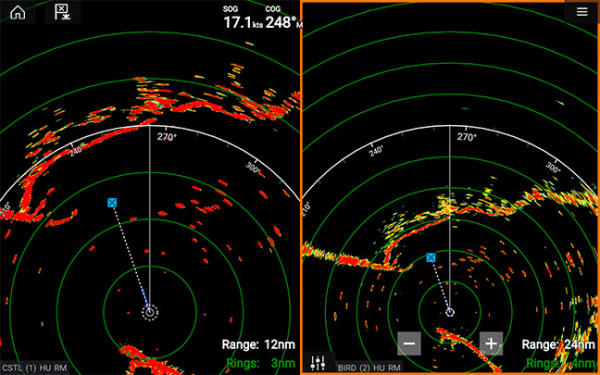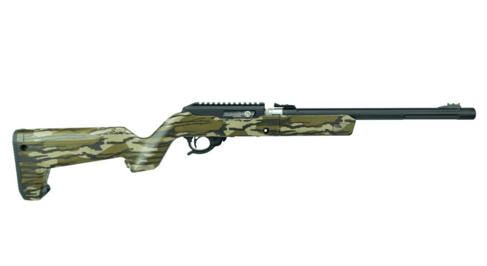Send in your funny, funky nests for quirky contest
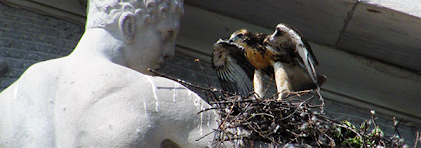
Ithaca, N.Y.–What prompts birds to build nests where they do? Some of their real estate choices are real head-scratchers. That’s where the Funky Nests in Funky Places contest comes in. If you find a nest built in a quirky, even downright crazy spot, please share! The contest is hosted by the Celebrate Urban Birds citizen-science project at the Cornell Lab of Ornithology. Entries can be photos, poems, stories, or artwork. Past participants have found nests strategically placed on statues (as in the image above), in barbecue grills, traffic lights, wind chimes, golf shoes, and–pretty much anywhere.
The entry deadline is June 30.


